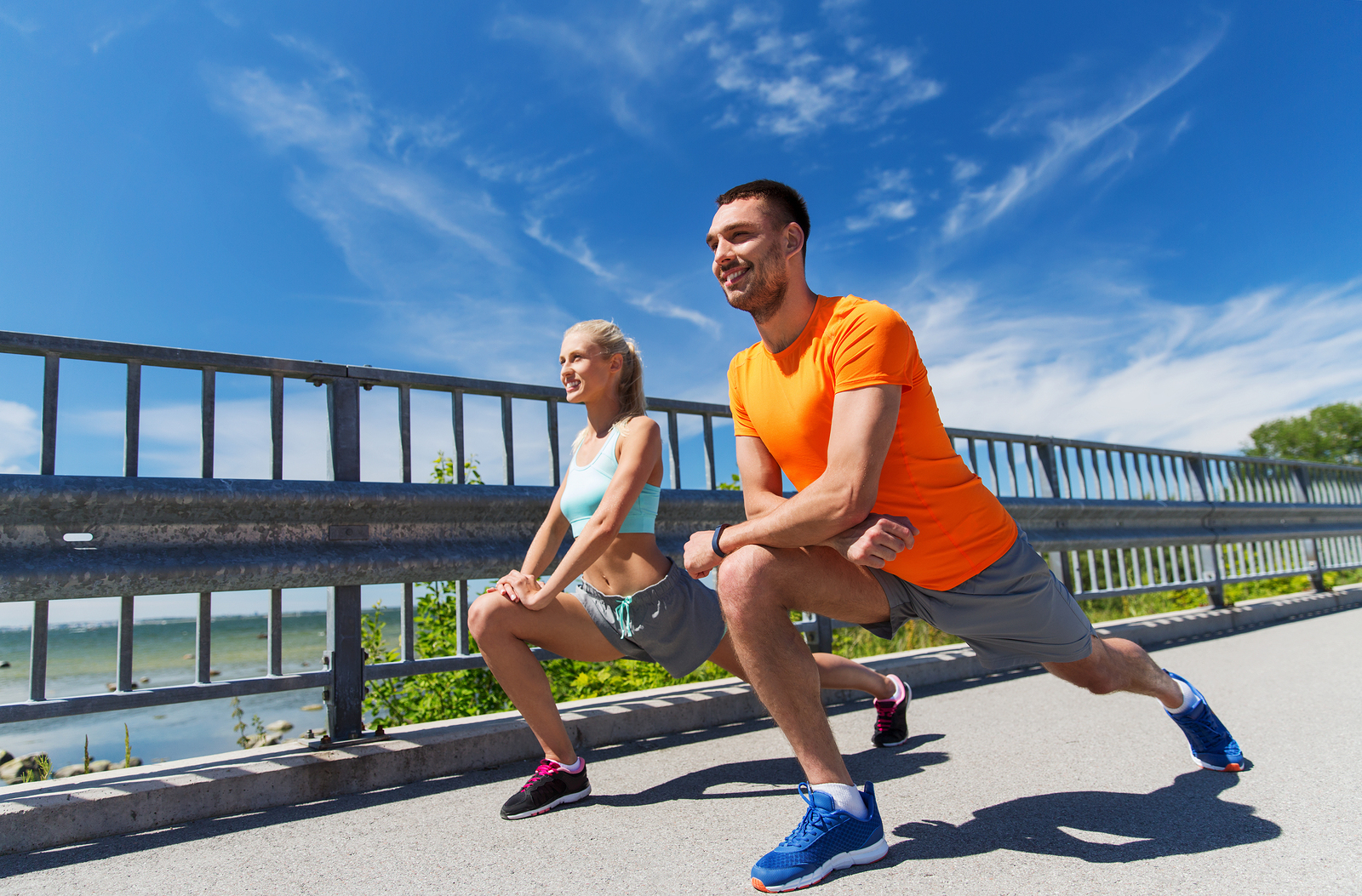Welcome to STAR Physical Therapy’s resource for Stretching.
It is hard to ‘stretch’ your mind around the hundreds of ways to stretch your body. Whether you are stretching to accelerate the healing of an injury or to become more flexible, stretching is an integral part of keeping the body fit and healthy. However, you may be asking yourself, “what is the best way to stretch, and what are the most important factors to remember while stretching?” This article will provide tips and practical advice to help you stretch better. If you have a specific injury you are dealing with or a certain area you believe needs extra stretching, you should schedule a session with your physical therapist at STAR Physical Therapy to get an individualized assessment and personalized guidance on the best stretching program for you. Remember, just because something feels tight doesn’t necessarily mean it needs to be stretched! Working with a physical therapist helps ensure that you are stretching safely and efficiently. It is also important to understand how the body responds to different stretching styles, such as static and dynamic stretching.
For years, athletes of all levels have performed long, static stretches before starting their workout or participating in an event. However, there is overwhelming evidence that currently shows static stretches do not reduce the incidence of injuries and may actually be slightly harmful instead of helpful to the athlete when performed prior to exercise! In addition, instead of helping the body perform better for the impending exercise, static stretches that are held for extended periods have been shown to activate a reflex that inhibits the muscles' ability to fire. The reason this occurs is because static stretches involve extending muscles to the furthest point and then holding the static position for a certain amount of time. This may overextend the muscles and make it harder for them to properly extend and contract during exercise, a problem that is similar to overstretching an elastic rubber band. In some cases, people cannot perform as well as they expected after performing static exercises because their muscles lose some of their elasticity. For instance, an athlete may not be able to jump as high as anticipated following static stretching. Based on these observations, it is now suggested that to prepare the body for muscular performance and to avoid injury, the combination of a general body warm-up, a neuromuscular warm-up, and dynamic stretches—rather than static-type stretches—is more beneficial.

